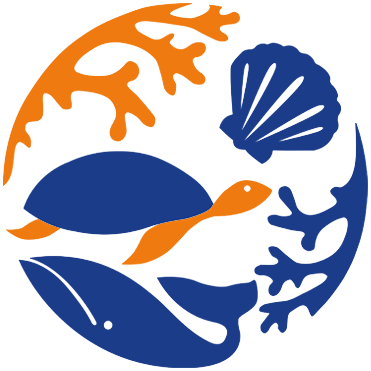Macoma balthica (Linnaeus, 1758)
Baltic macoma| Native range | All suitable habitat | Point map | Year 2050 |

|
| This map was computer-generated and has not yet been reviewed. |
| Macoma balthica AquaMaps Data sources: GBIF OBIS |
Google image | No image available for this species;
drawing shows typical species in Tellinidae.
Classification / Names Κοινά ονόματα | Συνώνυμα | CoL | ITIS | WoRMS
Bivalvia | Cardiida | Tellinidae
Environment: milieu / climate zone / εύρος βάθους / distribution range Οικολογία
; Υφάλμυρο; εύρος βάθους 0 - 270 m (Αναφ. 95344). Polar
Distribution Χώρες | Περιοχές FAO | Οικοσυστήματα | Παρουσίες | Εισαγωγές
Arctic, Northern Atlantic, Northeast Pacific and the Mediterranean Sea.
Length at first maturity / Μέγεθος / Weight / Age
Γεννητική Ωρίμανση: Lm ? range ? - ? cm Max length : 3.8 cm SHL αρσενικό/απροσδιόριστο; (Αναφ. 95344); μεγ. αναφερόμενη ηλικία: 10 έτη (Αναφ. 2823)
Life cycle and mating behavior Γεννητική Ωρίμανση | Αναπαραγωγή | Γεννοβολία | Eggs | Γονιμότητα | Larvae
Main reference
Αναφορές | Συντονιστής | Συνεργάτες
Vakily, J.M. 1992 Determination and comparison of bivalve growth, with emphasis on Thailand and other tropical areas. ICLARM Technical Report 36:1-125. (Αναφ. 7693)
IUCN Red List Status
(Αναφ. 130435: Version 2025-1)
CITES status (Αναφ. 108899)
CMS (Αναφ. 116361)
Threat to humans
Human uses
| FishSource |
Εργαλεία
Περισσότερες πληροφορίες
Διαδικτυακές πηγές
BHL | BOLD Systems | CISTI | DiscoverLife | FAO(Publication : search) | Fishipedia | GenBank (genome, nucleotide) | GloBI | Gomexsi | Google Books | Google Scholar | Google | PubMed | Δέντρο Ζωής | Wikipedia (Go, αναζήτηση) | Zoological Record



